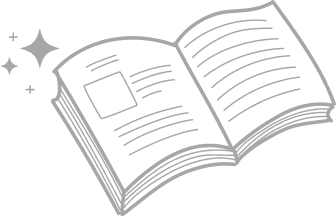Books like It's Not Catching: Allergies Hardback
Bicycle
Angela Royston, 2005
32 pages
Why to read
Engaging story promotes love for outdoor activities.
Illustrations captivate and enhance the reading experience.
Supports development of early reading skills.
Encourages family bonding through shared reading.

Bicycle
Angela Royston, 2005
How Is A Book Made (How Are Things Made)
Angela Royston, 2005
32 pages
Why to read
Explains book creation process, educational and engaging.
Illustrations captivate and facilitate understanding.
Ideal for curious minds, fosters learning.
Encourages appreciation for literature and craftsmanship.

How Is A Book Made (How Are Things Made)
Angela Royston, 2005
Award winning
Why Do I Wash My Hands? (Science in Action: Your Body)
Angela Royston, 2009
24 pages
Why to read
Explains hygiene importance through engaging narrative.
Supports early scientific understanding.
Encourages health-conscious behaviors in kids.
Interactive approach to learning science basics.

Why Do I Wash My Hands? (Science in Action: Your Body)
Angela Royston, 2009
Lamb
Angela Royston, 1992
32 pages
Why to read
Illustrated journey through a lamb’s life.
Teaches children about farm animals and nature.
Supports early learning and vocabulary development.
Engages young readers with charming visuals.

Lamb
Angela Royston, 1992
Wolves
Angela Royston, 2004
24 pages
Why to read
Engaging exploration of wolf habits and habitats.
Supports understanding of wildlife conservation issues.
Enhances vocabulary with specialized scientific terminology.
Encourages respect and empathy for nature.

Book cover is on its way
Wolves
Angela Royston, 2004
How Is Chocolate Made? (How Are Things Made)
Angela Royston, 2005
32 pages
Why to read
Explains chocolate production in kid-friendly, engaging language.
Enhances understanding of everyday processes and technology.
Stimulates curiosity about food origins and science.
Colorful illustrations complement easy-to-follow text.

How Is Chocolate Made? (How Are Things Made)
Angela Royston, 2005
Award winning
The Beak Book (Science Emergent Readers)
Pamela Chanko, P. Chanko, 1998
16 pages
Why to read
Introduces young readers to fascinating bird beak functions.
Stimulates curiosity about wildlife and nature sciences.
Encourages observational skills through engaging content.
Supports early science literacy and learning.

The Beak Book (Science Emergent Readers)
Pamela Chanko, P. Chanko, 1998
Award winning
Scholastic 100 Math Activities: 3rd Grade
Jackie Glasthal, 2004
224 pages
Why to read
Enhances math skills with engaging activities.
Tailored for third graders' cognitive development stages.
Strengthens problem-solving and logical thinking.
Promotes independent learning and confidence in math.

